Thoughts on Lucian Michael Freud….
Cen Long
4/13/2016
Girl on the quay, Oil on Canvas, 40.6x50.2 cm, 1941 ,Lucian Freud
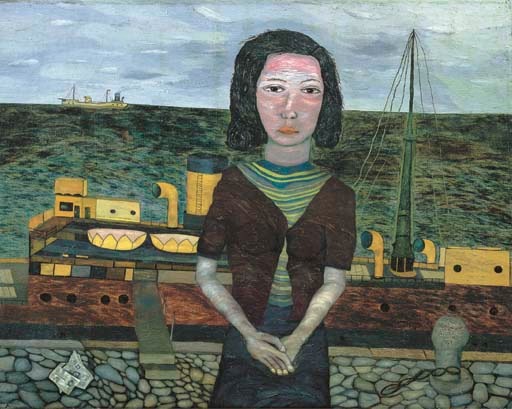

The style of works of Lucian Michael Freud’s in his early years was deploying plane deformation with exaggerated modelling proportion, flat characters like dwarfs and with apathy expression; the description towards each detail was very conceptual and delicate. The painting language very close to rationality made the tension of the picture contract implicitly, while it looks seemingly calm it is actually full of disturbed ambivalence. However, his painting style changed totally in his middle age and became very realistic. The brushwork of rugged, smooth and jaunty as well as rich and strong colors shaped the real figure of each gesture frankly. He almost presented what he saw with his own eyes without reservation, and he seemed to believe his mind and spirit could only be satisfied through the approach of creation and by analyzing his inner feeling and thoughts to audiences; which is why he carried on painting until the last minute of his life.
I also had the similar experience as his. I didn’t quite like the painting technique of Classical Realism when I was young because I believed it would limit the vitality and imagination of my youth. I worked hard to pursuit various changes and dreamed to create an art form that has never happened before. However, I wanted more to explore the philosophy of life and the true meaning of life along with the growth of my age and the mature of my thinking style. As a result, I transferred my attention and interest from the form to the level of spirit.
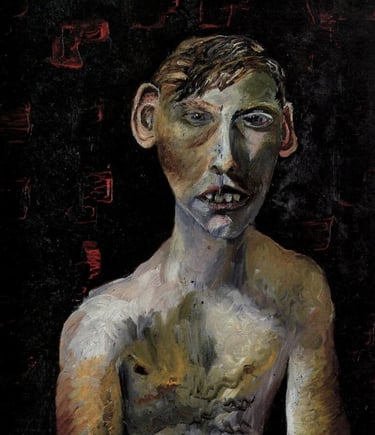

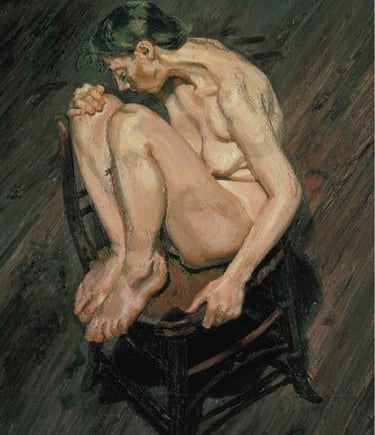

Looking back on the history of painting, the works could stay in the world were usually those ones with deeper thoughts and connotation; the art works that could be appreciated for ten thousand times without ever being boring. They helped me realize the spiritual power that was comprehended by accident or unclearly when I was young. The value of this kind of power was far more influential than works earning attention unnaturally and only with visual impact. Many thoughts of unlimited wisdom and charm often existed among ordinary and common reality, and this kind of realization made me choose to go back to the realistic style. However, this kind of realism is not realism with the traditional meaning; it is not like trying hard to achieve the re-appearing reality as precisely as it appears on the photo when people nowadays work hard to re-present a gestured model; instead, it passes messages to audiences through the images that ordinary people could understand easily as well as being a realistic performance full of deep connotation. I am sure a bridge of resonance between painters and audiences could only be built by the understanding and appreciation made through this approach.
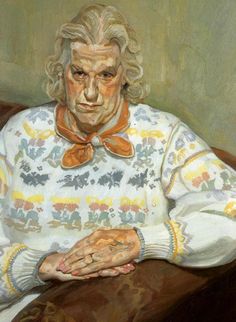

To help classical and modern masters break what the tradition defined is the bridge’s most original function, and it can only be built after long-terms of self-reflection, creation, and the waiting to truly understand. From Rembrandt van Rijn, Jan Vermeer, Diego Velazquez in the past to Balthasar Klossowski de Rola in France, Pietro Annigoni and Renato Guttuso in Italy today as well as Anselm Keifer in Germany, their works are all realistic but with a shocking spiritual appeal. It is this appeal that makes the formation of the eternal bridge mentioned above.
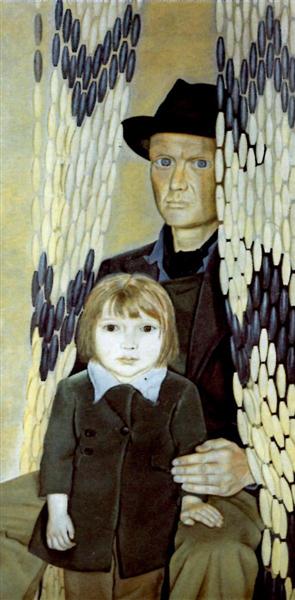

(Right) Evacuee Boy, Oil on Canvas, 74.3x58.1 cm, 1942 ,Lucian Freud
(Left) Naked Girl Perched on a Chair, Oil on Canvas, 1994 ,Lucian Freud
(Right) Woman in a Butterfly Jersey, Oil on Canvas, 100.3x81.3 cm, 1990 - 1991 ,Lucian Freud
(Left) Father and Daughter, Oil on Canvas, 46x92 cm, 1949 ,Lucian Freud
What I have been trying hard to seek, is the approach and power to build this bridge. When I am depicting an image or a scene, I try very hard to input my thoughts into the images that are common to people. Through color stroke and the images built, a kind conversation is introduced to audiences in order to share happiness and pain. This is the goal of my changing to different approach as well as my final expectation.
Andrew Wyeth, an American painter, has never admitted himself as a painter of Realism. He said his paintings are abstract because he is painting a kind of atmosphere and a kind of spiritual connotation. This is the interpretation from the modern master towards his own work, and I cannot agree more in terms of this.
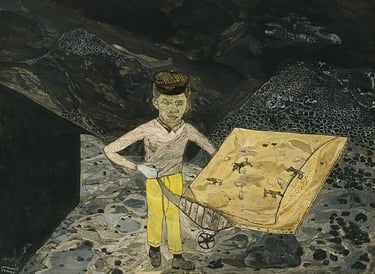

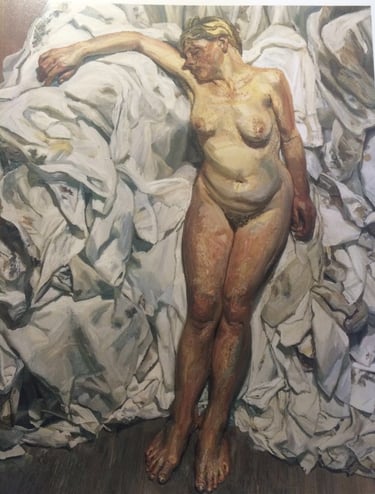

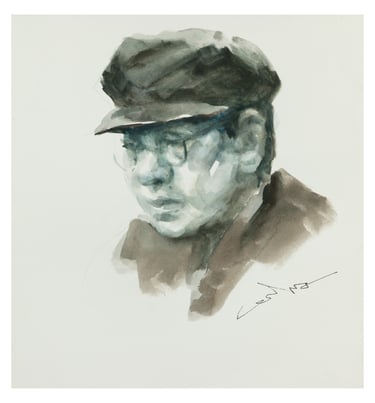

(Left) Man Wheeling Picture, ink, watercolour and varnish on paper, 33.5x46 cm, 1942 ,Lucian Freud
(Right) Standing by the Rags, Oil on Canvas, 168.9 x 138.4 cm, 1988-9 ,Lucian Freud





